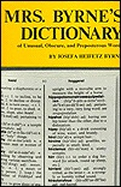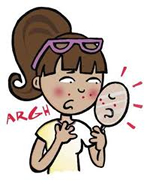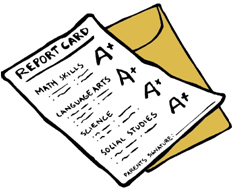By Jerry Bailey with props to Doc Larrick
| We’re big fans of morphology, not only for vocabulary acquisition, but because it helps with spelling and grammar too. Suffixes can affect spelling and change parts of speech. This table illustrates that the simple little suffix –ING isn’t so simple! |  |
| -ING as VERB | -ING as ADJECTIVE | -ING as NOUN |
| Camilla was walking. | The girl walking in the rain is Frank’s sister. | Walking is good for the body. |
| Fritz is eating a hotdog. | The boy eating a hotdog is Fritz’s friend. | Fritz loves eating. |
| We’ll be skiing there tomorrow. | The kids skiing in the mountains are having fun. | Mickey is crazy about skiing. |
| We were studying bugs. | The class studying bugs has more fun. | Try studying bugs! |
There are some rules that will help you understand which is which:
| -ING as VERB | -ING as ADJECTIVE | -ING as NOUN |
| There will always be some form of the verb be when an –ing verb form is used:
I walk to school. but… I am walking to school. I was walking to school. I will be walking to school. |
Adding –ing to verbs without using the verb be will create adjectives, known as present participles. Notice in the following sentence the word running is used to describe the child. A true verb (looked) must also be used to create a sentence.
The running child looked scared. |
The third usage of the suffix –ing creates nouns, called gerunds. Gerunds are the act, the process, or the result of their original verbs.
I love reading! Substitute dogs or chocolate for reading and it becomes clear that it is a noun. |
 |
As you can see, the study of morphology is very helpful with some parts of speech and some spelling rules – did you notice the doubling principle when –ing was added to run? |







